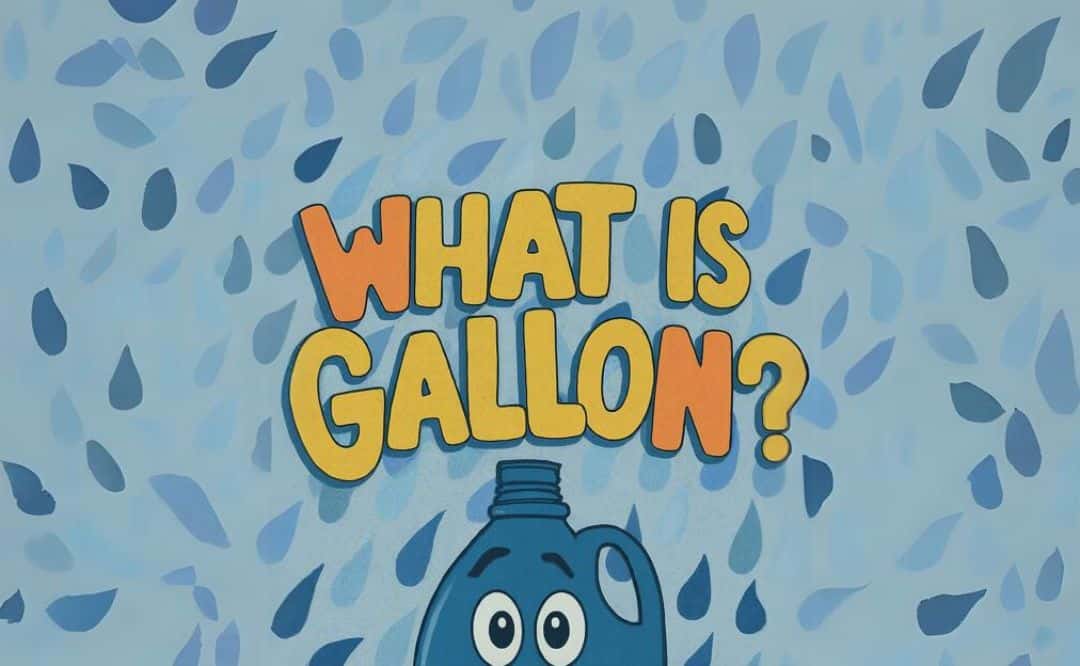There are different ways to determine how many fluid ounces are in a gallon. One of the best ways is by converting to cups. A gallon is approximately 3.785 liters, and if you convert it to cups it is roughly 231 cubic inches.
3.785 liters
If you need to know how many 3.785 liters of fluid ounces are in a gallon, you’ve come to the right place. This is a commonly asked question. There are a few factors to consider when converting between gallons and liters. The easiest way is to use a food scale. But, many home cooks don’t have one, so it’s easier to just use a measuring cup.
A gallon is a volume unit that’s traditionally based on the British Imperial system. In the United States, it is usually used in the US Customary measurement system. It’s also called the liquid gallon, or dry gallon.
An imperial gallon contains 160 imperial fluid ounces. It’s slightly larger than the US gallon, which contains 128 US fluid ounces. Using a conversion chart, you can determine how many liters of water you need to equal a gallon.
The quart is a smaller liquid measure. You can convert gallons to quarts by following the 8×8 rule. Basically, you take eight ounces of water and divide them into four cups. When you’ve divided the number of cups, you’re left with two quarts.
If you’re confused, it may help to understand what an ounce is. The word comes from a Celtic word, and it refers to the weight of a unit of liquid. Although there are several other units of measurement, ounces are the most common. They’re used in most parts of the world, but there are some variations.
231 cubic inches
When it comes to measuring the liquid volume of a gallon, the number 231 is a good starting point. The number is actually a fairly small unit of measurement. It measures the total volume of a dry gallon, which is larger than a wet gallon.
This is the old-fashioned way of measuring a liquid’s volume, not its weight. Generally, a gallon contains 10 pounds of liquid at 39 degrees Fahrenheit. But it also varies with the shape of the container. For example, a cup may contain two fluid ounces or one fluid ounce.
A gallon is a common volume measurement in the United States and other parts of the world. It is useful in many ways. Among the many benefits, it serves as a reference for the size and quantity of various liquids. Knowing the number of ounces in a gallon is important if you are planning a recipe that involves liquids. Other countries like Canada and South Africa use the metric system, but the U.S. uses the imperial system.
One gallon is the right size to measure a small pool of water. However, it is not a large enough volume to measure a bushel of corn. If you are trying to determine the size of a corn kernel, you can use the same method.
Exempt from the requirements for stating net contents of 8 fluid ounces and 64 fluid ounces
If you are considering a product that contains 8 fluid ounces or 64 fluid ounces in a gallon, then you should know that you will need to declare the net contents of the package. In the United States, this is a requirement of Federal Law. You should also know that there are some exemptions from this rule. The following list of foods contains some products that are exempt from this regulation.
There is an exception for margarine packaged in one-pound rectangular packages. However, margarine may be sold in multi-unit retail packages that are able to satisfy the requirements of SSSS 101.7. Similarly, candy and other confectionery with a net weight of fewer than 15 grams are exempt from the labeling requirements of this regulation.
When deciding on the best way to state your product’s net quantity of contents, you should consider the various available methods. The net quantity may be expressed in a measure, a numerical count, or a combination of the two. Regardless of how you express it, you must make sure that the declaration is easy to read.
You should also make sure that the statement containing the net quantity of contents is not misleading. It should be placed in a location that will be easily seen by a purchaser. Ideally, this statement should be on a principal display panel. This will ensure that it is not obstructed by other panels and can be easily scanned by readers.
How to Convert Gallons to cups
Converting gallons to ounces can be confusing and difficult. There are many factors to consider when doing this. It’s important to use the proper equipment and follow the instructions carefully. For example, it’s important to use a food scale when measuring liquids.
The gallon and the cup are both commonly used in the United States. They are the same volume measure, but there are differences. A gallon contains 128 fluid ounces. Gallons are much larger than pints. Pints, on the other hand, contain 16 fluid ounces.
A quart is an intermediate measure between a gallon and a cup. A quart is made up of four cups. In the US, a cup is one-sixteenth of a US liquid gallon.
The imperial system, on the other hand, uses gallons and liters. The Imperial System also uses the US gallon. When using the conversion chart, make sure you use the correct units.
If you have a food scale, you can easily convert gallons to ounces. For a quart of all-purpose flour, for example, you will need 68 ounces.
Many home cooks do not have a food scale. In these cases, a conversion chart can be helpful. Using a food scale to convert gallons to ounces allows you to make accurate liquid measurements.
Cups, on the other hand, are often marked with ounce measurements. This can be a convenient way to do a quick measurement. However, it’s not always accurate.
One conversion that’s especially useful for home cooks is the teaspoons and tablespoons chart. This is especially helpful if you want to accurately dispense medicine or measure the number of ingredients in recipes.




